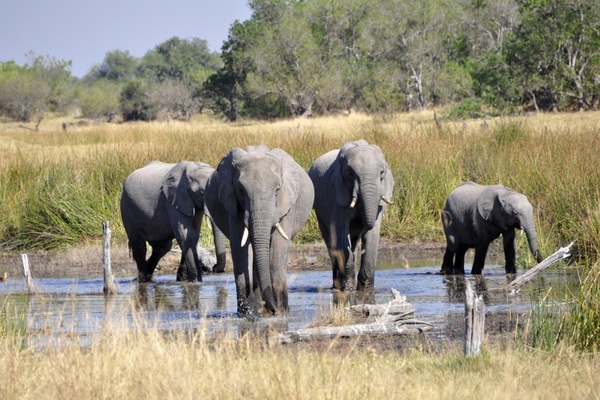Predicting the next “it” wine region is much different from how we consider most trends.
It can take up to 20 years for a wine region to show significant changes. Vineyards need to be replanted, past winemaking and viticulture techniques may need to be modernized, and sometimes new generations must come into play. Chile, Argentina and Spain are among the most recent transformations we’ve witnessed. And now it’s South Africa’s turn in the limelight.
In the late 1990s, South Africa reached a pivotal point leading to its modern emergence on the world wine stage. South Africa’s metamorphosis has been swift; even as recently as the early 2000s many of the best South African wines we know today were not being made.
The most important wine regions are centered on Paarl and Stellenbosch, in the western part of the country. This area is producing well-made value wines as well as stunning fine wines.
The most notable whites are generally from chenin blanc, known in South Africa as Steen. It is a local workhorse grape producing wines ranging from dry to sweet. But as with most countries stepping into the international market, South African wineries also produce the familiar crowd-pleasing full-bodied chardonnay and refreshing sauvignon blanc.
South Africa’s latest greatest red wine is the traditional pinotage — a cross between pinot noir and cinsault. This grape was created in 1925 by scientist Abraham Perold, who was trying to produce a grape as flavorful as pinot and as easy-growing as cinsault. The country is also producing excellent varietal blends using internationally known grapes. Cabernet Sauvignon, Merlot and Bordeaux style red blends are among the country’s top reds but cinsault continues to be a blending grape to watch.
These are just a few to start your South African exploration of wines.
THE VALUES
- 2015 Stellar Organic Pinotage (about $11 retail)
- 2015 Robertson Winery Chenin Blanc (about $14 retail)
THE SPLURGES
- 2009 Meerlust Rubicon Blend (about $40 retail)
- 2015 Barista Pinotage (about $18 retail)
